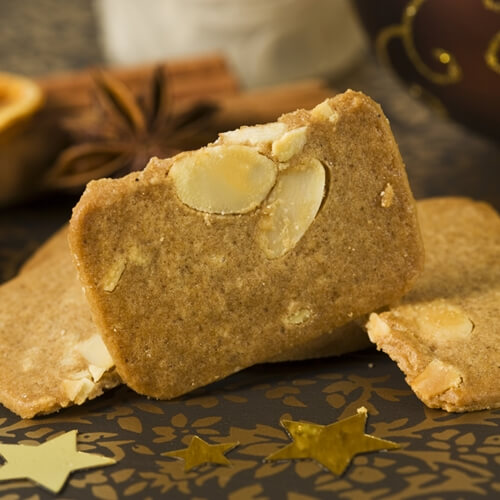A Guide To German Cooking

Every year, from around late September through early October, cities all across the world celebrate Oktoberfest. Modeled after the original festivities in Munich – which run as along as 16 days – these events pay honor the the rich cultural heritage of the German people. Perhaps just as much as beer and traditional dancing, food is a huge part of these celebrations. German food may be simple – with emphasis on mostly grains and basic herbs – but it’s nonetheless rich and flavorful. Why not host your own little Oktoberfest party by preparing some tasty German dishes? Here is how:
The importance of herbs
As noted, German food is rich in herbs. That’s because, as a whole, German food is meat to be more hearty than anything else, and these plants go a long way in creating the flavors of many dishes. Plus, chefs often cook with cabbage, onions and potatoes, and the herbs are a natural accompaniment. The most widely used herbs in German cooking include:
- Savory: Used primarily as a flavoring in many bean-centric dishes.
- Marjoram: Akin to oregano, but with a more sugary sweet taste.
- Parsley: When cooking soups, dumplings and noodles, parsley provides that bit of zest.
- Caraway: The sharp flavor of caraway seeds has been compared to fennel and even a more subtle cumin.
- Bay leaves: When crushed, these leaves offer flavor to pot roasts, stews and various soups.
Baking up bratwurst
Perhaps of all the traditional German dishes, bratwurst serves as a kind of standard-bearer. Often called brats in the U.S., these sausages are usually filled with beef, chicken or veal. They may be somewhat direct in composition, but cooking brats is almost an art form in and of itself. For one, it’s important to always marinate them before cooking – not only for flavor, but to help hydrate the actual meat. The best such marinade is usually equal parts beer, with a few onion slices added in for good measure. To further maintain the moisture levels within the brat, you’ll want to avoid puncturing it as you move it between the grill. When it comes to actually cooking the brat, begin with a low boil, which will help maintain more juices. From there, grill the brats for no more than 10 minutes total. If properly cooked, the brats should have a nice crispy char on the skin.
Savory schnitzel
Made with either pork, chicken, beef or mutton, schnitzel actually refers to how the meat is prepared. There are three components that define true schnitzel. The first is that the meat must be pounded flat, and the best way is to use a rolling pin. While many recipes will call for you to sandwich the meat between wax paper, plastic store bags bag reduce any splatters. Next up, all schnitzel must be breaded. There are a few different options you can use, and not all of them are as effective. For instance, stale bread doesn’t maintain integrity if blended or processed. One of the better options is white bread toasted golden brown, which has both the flavor and consistency when chopped up. Finally, you’ll need to fry your schnitzel. For this step, you’ll need a cast iron skillet and two cups of either peanut or canola oil. The optimal temperature is 365 degrees Fahrenheit, and you’ll want too cook until the meat is a nice medium brown.
Practice your best brats and schnitzel when you enroll in culinary academy.


